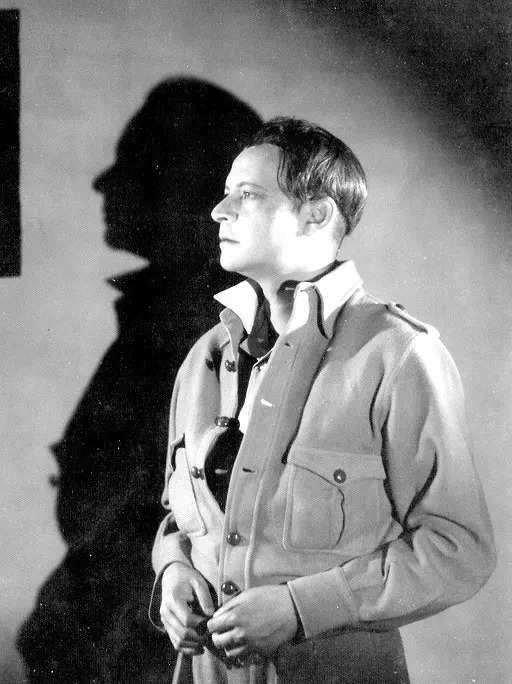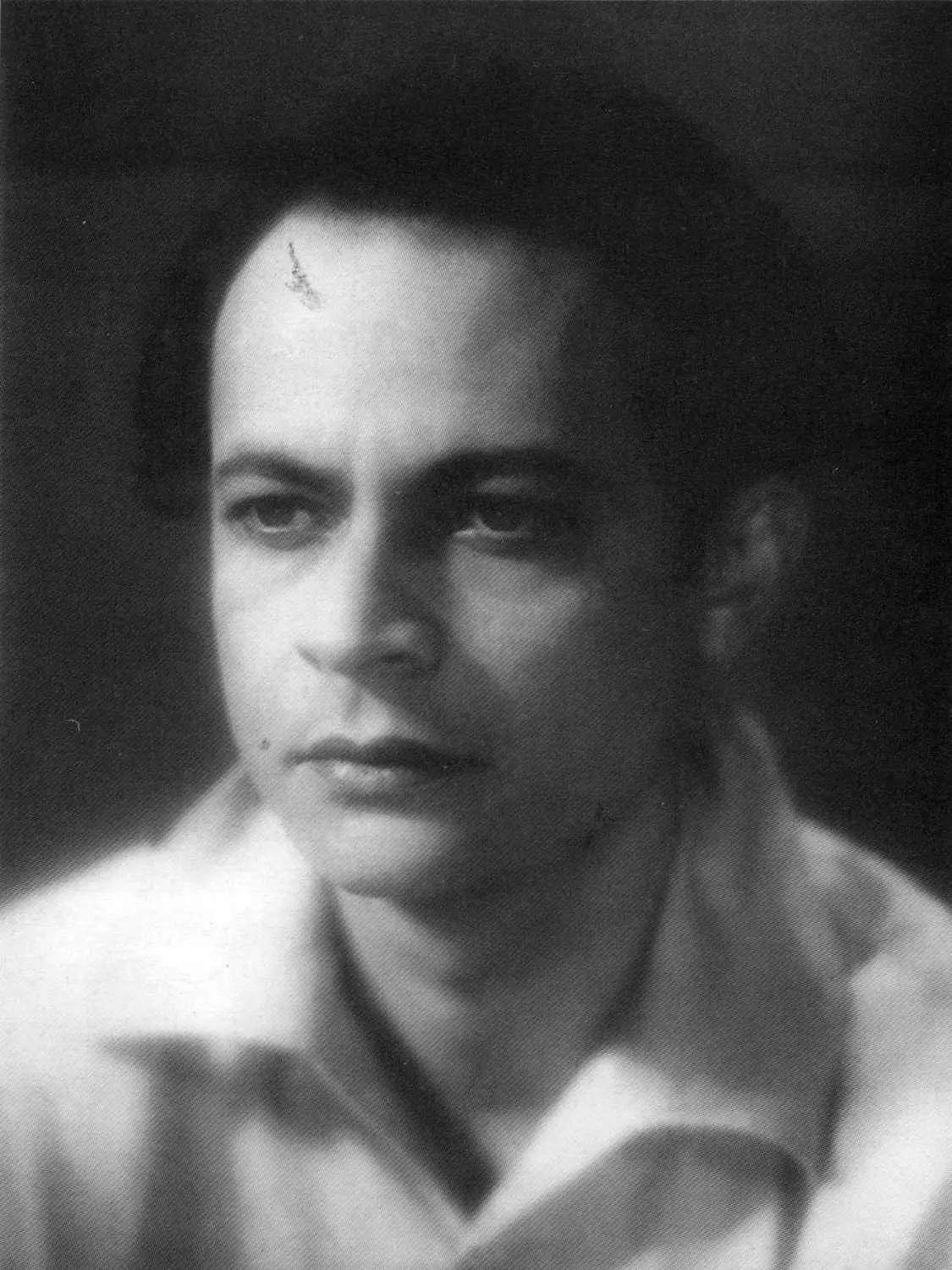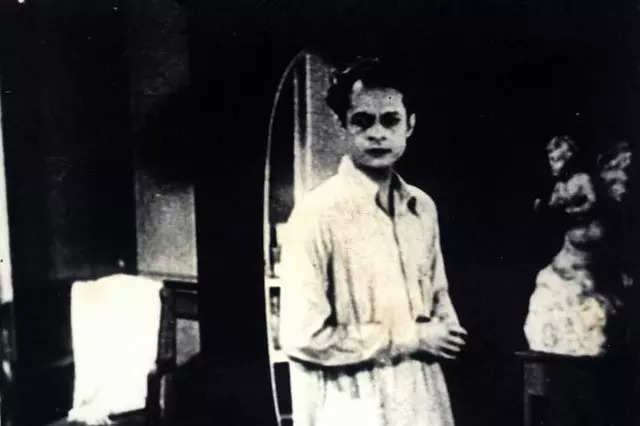
Pramathesh Chandra Barua is the first name that comes up in the history of the Indian talkies during the pre-independence era. He is remembered for his creative role in cinematography. Barua was a dramatist, writer, editor, recorder, photographer, cinematographer, director and producer all in one. He is remembered for his own style in Hindi cinema that was called 'Barua style'.
In This Pic : pramathesh chandra barua, goldenframes
Read More
Born on October 24, 1903, Pramathesh was the son of Raja Prabhat Chandra Barua of the Gauripur royal family in Dhubri, Assam. Pramathesh Barua studied at Hare School, Kolkata, followed by Bachelor of Science from Presidency College, Kolkatta. He was into drawing, singing and photography. Barua was especially attracted to drama and theatre from his childhood. Pramathesh, being a member of the royal family, was elected twice as representative to Assam Legislative Council. But he opted for cultural life and devoted himself to the development of cinematography. He was also a member of the Senate of Kolkata University.
In This Pic : Pramathesh Chandra Barua, goldenframes
Read More
In 1926, Pramathesh started his film career as a 'British Dominion Film Company' member. Barua appeared for the first time on the silver screen through a film named 'Panchashar' (1929). As an actor, Barua's first movie was 'Takay Ki Na Hay' (1931).
In This Pic : pramathesh chandra barua, goldenframes
Read More
Barua worked in the movie, 'Apradhi' (1931), where he played the lead role, directed by Debaki Kr. Bose. 'Apradhi' plays a significant part in the history of Indian cinema as it was the first Indian movie shot under artificial lights. Before that, Indian movies were shot with the help of reflected sun rays. While using artificial lights, he also made necessary changes in the makeup process to suit the lighting. This experimentation led to a wastage of 50,000 feet of picture negative and another 1,000 feet on the makeup of artists.
(Photo: Poster from the movie 'Apradhi')
In This Pic : Pramathesh Chandra Barua, goldenframes
Read More
Pramathesh's father, Raja Prabhat Chandra Barua, sent him to England to remove a kidney stone. After the successful operation, Pramathesh went to Paris with a letter of introduction from Rabindranath Tagore and met M Rogers, where he received comprehensive training in cinematography in Paris. Barua learned a lot about lighting in studios at the Fox Studio, and he also observed the production of Elstree Studios in London.

